Spiritual Development Approach in Christian Education (4)

The spiritual development approach draws on psychosocial development theories. In the beginning of the twentieth century it was discovered that children learn differently from adults. Jean Piaget’s cognitive development theory states that children learn by age-related stages, led to Erikson developing his identity-crisis driven psychosocial development theory. Moral development was examined by Kohlberg and later Fowler, faith development. Levinson offers greater insight into people as they age.
Adult learning has been studied by Malcolm Knowles and refined by others. Remarkable work has been done on children and adolescent learning. Marlene D. Lefever identifies four types of learning styles: imaginative, analytic, common sense, and dynamic. It was also discovered that even organisations learn. Curriculum designs are adequately investigated by Brian Hill and others.
The strength of the spiritual development approach is that it has many theories to draw upon. However, it still remains to be seen how accurate these theories are and whether it can be applied outside the United States. So far, Kohlberg studies of universal faith seem to bear out the fact that it can be applied outside the American culture.
However we still need to assess whether it can be applied directly to an Asian culture. The weakness of the spiritual development approach is the lack of qualified people are able to adequately design the age and stage graded, learning style appropriate type of curriculum, and also for the shortage of good teachers, mentors, and spiritual directors.
.
Adult learning has been studied by Malcolm Knowles and refined by others. Remarkable work has been done on children and adolescent learning. Marlene D. Lefever identifies four types of learning styles: imaginative, analytic, common sense, and dynamic. It was also discovered that even organisations learn. Curriculum designs are adequately investigated by Brian Hill and others.
The strength of the spiritual development approach is that it has many theories to draw upon. However, it still remains to be seen how accurate these theories are and whether it can be applied outside the United States. So far, Kohlberg studies of universal faith seem to bear out the fact that it can be applied outside the American culture.
However we still need to assess whether it can be applied directly to an Asian culture. The weakness of the spiritual development approach is the lack of qualified people are able to adequately design the age and stage graded, learning style appropriate type of curriculum, and also for the shortage of good teachers, mentors, and spiritual directors.
.
Labels: Approach, Christian education, Church, Learning




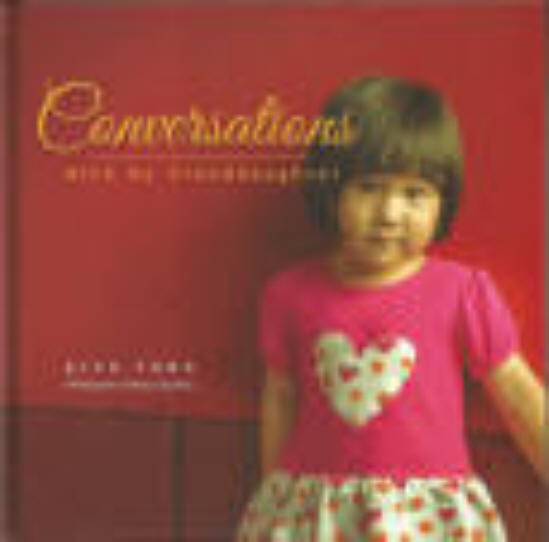
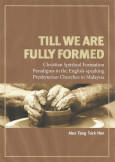
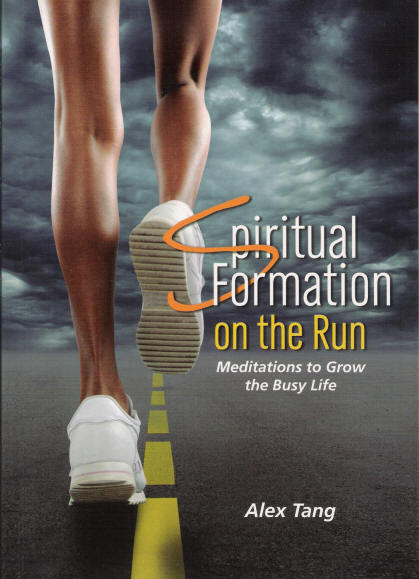
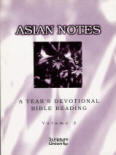
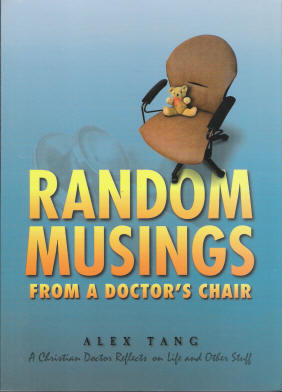

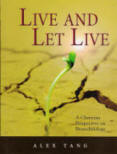




0 Comments:
Post a Comment
<< Home